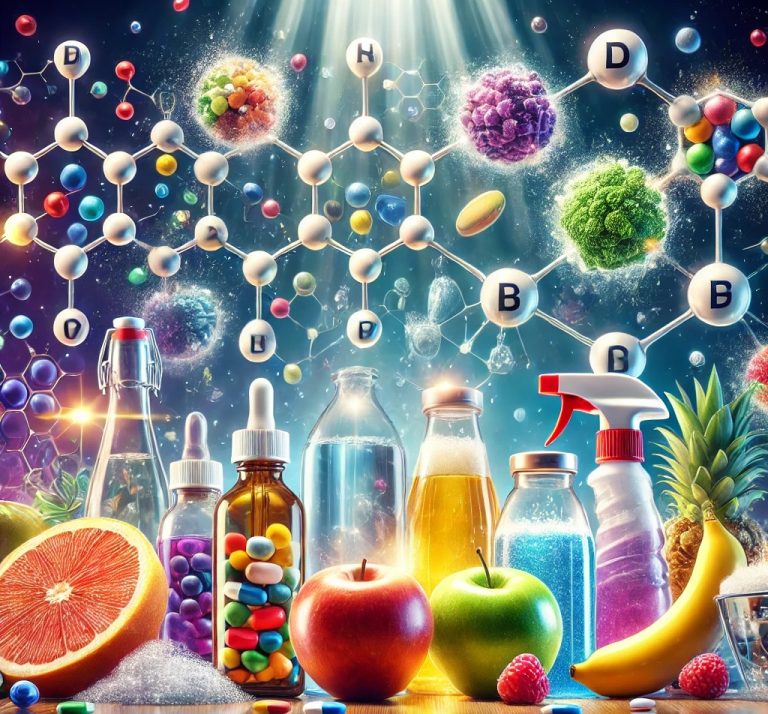Introduction
Introduce the topic by defining drug and alcohol abuse. Explain how substance abuse is a growing public health issue affecting millions worldwide. Briefly outline the health, societal, and economic impacts of abuse. Mention the focus of the essay, which is on the harmful effects of drugs and alcohol on human health and their role in various diseases.

Key Points:
- Define drugs and alcohol abuse.
- Briefly introduce the health, social, and economic impacts.
- Preview the main health concerns and diseases linked to abuse.
The Biology of Addiction
Describe the biological basis of addiction, which affects the brain’s reward system. Explain how drugs and alcohol alter neurotransmitter levels (dopamine, serotonin) and brain function, leading to dependency. Include how different substances act on the brain and body, which can cause both physical and psychological addiction.
Key Points:
- Define addiction as a chronic disease of brain function.
- Explain how substances like alcohol, opioids, and stimulants alter brain chemistry.
- Discuss the process of tolerance, withdrawal, and dependency.
Physical Health Effects of Drug and Alcohol Abuse
Go into detail on the specific physical health effects of drugs and alcohol. Divide the section into categories of health impacts, including:
- Cardiovascular System: How stimulants like cocaine and methamphetamines increase heart rate and blood pressure, leading to heart attacks and arrhythmias.
- Liver Damage: Alcohol’s toxic effects on the liver, leading to fatty liver disease, hepatitis, and cirrhosis.
- Respiratory System: Effects of smoking drugs, such as marijuana and methamphetamine, on lung health, leading to respiratory diseases like chronic bronchitis and increased cancer risk.
- Nervous System: The neurotoxic effects of drugs like MDMA and alcohol on cognitive function, leading to conditions like alcohol-induced dementia.
- Immune System: The weakening of the immune system from chronic drug and alcohol abuse, making users more susceptible to infections and diseases.
Key Points:
- Describe the effects on each major organ system.
- Provide examples of diseases commonly associated with substance abuse.
Mental Health Impacts
Examine the connection between substance abuse and mental health. Discuss how drugs and alcohol are linked to mental illnesses like depression, anxiety, and schizophrenia. Describe how substance use can worsen existing mental health issues and increase the risk of suicide and self-harm. Discuss the concept of “dual diagnosis,” where patients have both a substance use disorder and a mental illness.
Key Points:
- Highlight the role of drugs and alcohol in exacerbating mental health issues.
- Discuss the cycle between substance abuse and mental illness.
- Mention common mental health conditions associated with substance abuse.
Social and Economic Consequences
Explain the societal and economic burdens of drug and alcohol abuse. Discuss the costs associated with healthcare, crime, lost productivity, and family/social impacts. Mention how substance abuse contributes to poverty, homelessness, domestic violence, and accidents.
Key Points:
- Overview of the economic impact of substance abuse on healthcare systems and productivity.
- Social consequences, including family breakdowns, crime, and homelessness.
- Mention the role of rehabilitation and prevention programs in addressing these issues.
Prevention and Treatment
Describe the strategies for prevention and treatment. Outline various prevention programs, public health campaigns, and educational efforts to reduce substance abuse. Highlight treatment options, such as detoxification, behavioral therapy, medication-assisted treatment (MAT), and support groups like Alcoholics Anonymous (AA). Mention the importance of individualized treatment plans and ongoing support for recovery.
Key Points:
- Overview of prevention programs, education, and public health efforts.
- Treatment approaches: detox, counseling, MAT, and support groups.
- Emphasize the importance of long-term recovery support and community programs.
Questions and Answers based on the topic of Drugs and Alcohol Abuse, Focused on Human Health and Disease:
What is drug and alcohol abuse?
- Drug and alcohol abuse refers to the misuse or excessive use of substances like alcohol, prescription drugs, or illicit drugs that leads to addiction, dependency, and harm to one’s health, behavior, and relationships.
How does addiction affect the brain?
- Addiction alters the brain’s reward system, increasing dopamine levels and creating a cycle of dependency. Over time, the brain adapts, requiring more of the substance to feel the same effects, which leads to tolerance, cravings, and withdrawal symptoms.
What are the primary physical health effects of alcohol abuse?
- Chronic alcohol abuse can lead to liver diseases like cirrhosis, cardiovascular problems, weakened immune function, and an increased risk of cancers, particularly in the liver, esophagus, throat, and mouth.
How do drugs affect the cardiovascular system?
- Drugs like cocaine and methamphetamines stimulate the cardiovascular system, raising heart rate and blood pressure, which can lead to heart attacks, arrhythmias, and other heart-related complications.
What impact does substance abuse have on mental health?
- Substance abuse is linked to mental health conditions such as depression, anxiety, psychosis, and schizophrenia. It can worsen pre-existing mental health issues and increase the risk of suicide and self-harm.
How does alcohol impact the liver specifically?
- Alcohol is metabolized in the liver, where excessive intake can cause fatty liver disease, alcoholic hepatitis, and ultimately cirrhosis, a condition where the liver becomes scarred and permanently damaged.
What is dual diagnosis in the context of addiction?
- Dual diagnosis refers to a situation where a person has both a substance use disorder and a mental health disorder simultaneously. This requires integrated treatment for both conditions to improve outcomes.
What are common social consequences of drug and alcohol abuse?
- Substance abuse can lead to poverty, homelessness, family breakdowns, domestic violence, criminal activities, and reduced productivity, creating significant social and economic burdens.
What types of treatments are available for addiction?
- Treatments for addiction include detoxification, behavioral therapy (such as cognitive-behavioral therapy), medication-assisted treatment (MAT), support groups like Alcoholics Anonymous (AA), and long-term recovery programs.
Why is prevention important in addressing drug and alcohol abuse?
- Prevention through education, awareness, and public health programs can reduce the risk of substance abuse, lower healthcare costs, and reduce the impact on families and communities by addressing issues before they escalate into addiction.






